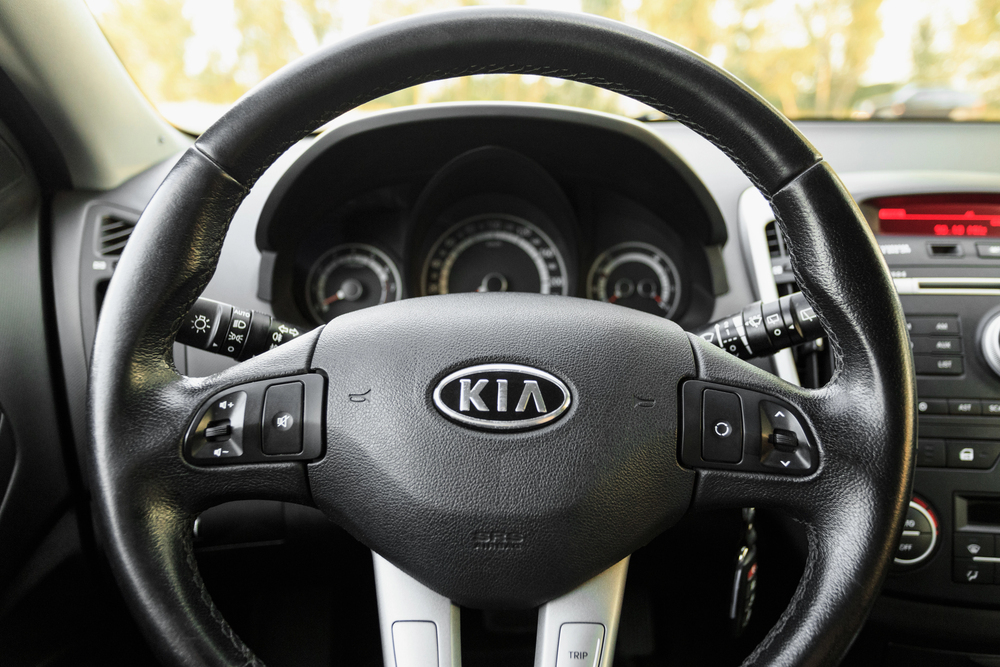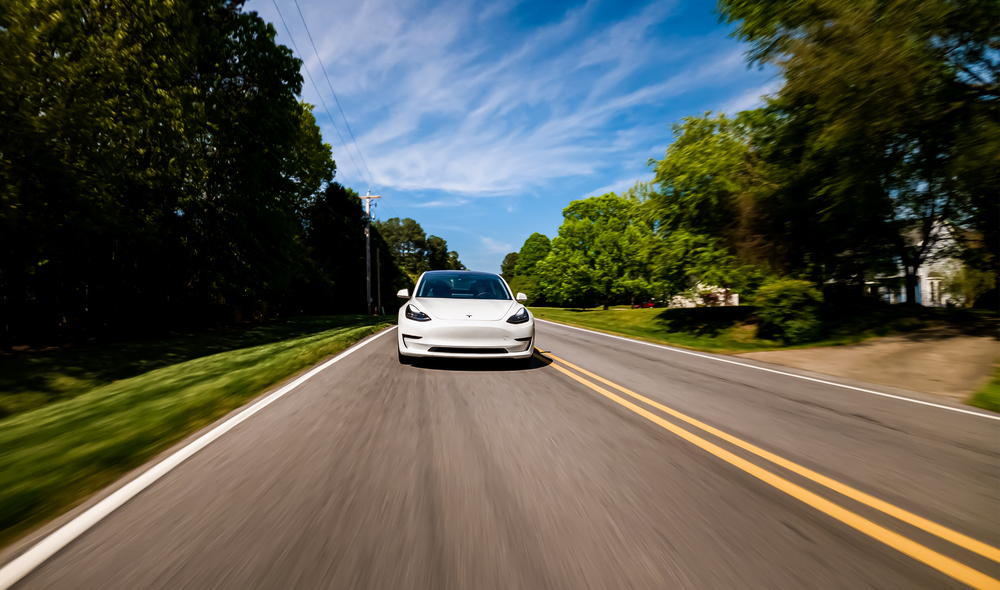With the holiday season upon us here in South Jersey, there comes the chance of getting into a parking lot collision. Everyone is out trying to get their shopping done, making even parking lots that rarely ever fill into obstacle courses. Crowded lots also tend to have plenty of slick surfaces and limited visibility, both of which lead to accidents. Snow-covered or icy parking lots are particularly hazardous, making it easy for cars to skid into each other or obstacles. Whether it’s a minor scrape or a larger dent, knowing how to handle parking lot collisions in snow conditions can help prevent further damage and ensure your safety.
Key Takeaways
- Snow, ice, and crowded lots increase the risk of parking lot collisions. Limited traction and visibility make maneuvering in tight spaces challenging.
- Snowy lot collisions can result in scratches, dents, bumper damage, and alignment issues—all of which impact both aesthetics and safety.
- Stay calm, assess the scene, document damages, exchange information, and consider filing a police report for significant damage or disputes.
- Attempting repairs on dents or scratches in winter can worsen damage. Professional repairs are recommended to ensure quality and safety.
Why Parking Lot Collisions Happen in Snowy Weather
Wintry conditions heighten the chance of car collisions no matter the location. In parking lots, the same rules apply as on the road or even when walking on a pathway covered in ice and snow. Winter weather reduces tire traction, making it difficult for your car to stop or maneuver around other vehicles and obstacles, including piles of snow.
You also deal with limited visibility. If you’ve been shopping for a while, let’s say, your car will have cooled, and all the snowfall, frost, and fogged-up windows will keep you from seeing clearly, particularly in poorly lit areas. Parking spots and lanes are often tight, and with snowbanks or icy patches, even simple maneuvers like backing out or turning can result in scrapes and bumps.
Lastly, shopping centers and public venues are busier during the winter months, especially around the holidays, which increases the chances of close encounters in parking lots.
Types of Damages Sustained in Snowy Parking Lot Collisions
Let’s take a look at some of the possible damages that may be inflicted upon your vehicle in a parking lot accident:
- Scratches and Minor Paint Damage: Cars that slide or brush against other vehicles may experience light scrapes and paint damage, which, though minor, can still leave a lasting mark.
- Bumper and Fender Damage: Low-speed collisions often result in dents or cracks in bumpers or fenders. Even at slow speeds, the impact can cause significant aesthetic damage.
- Dents and Dings: Snow can hide curbs, barriers, or cart corrals, leading to unexpected dents. Some dents may seem small, but they can weaken the car’s structure and lead to rust if untreated.
- Alignment Issues: Sliding or colliding with objects in a parking lot can shift your vehicle’s alignment, causing handling issues and uneven tire wear over time.
Steps to Take If You Get Into a Parking Lot Collision in South Jersey
If you get into an accident in a snowy parking lot, the most important thing to remember is not to panic. Yes, damage may have been done, but it can be repaired. What matters most is your safety. To help protect you and your car and simplify the process, here are some tips for what to do in such a situation:
- Assess the Scene: If there are any oncoming or incoming cars, more your vehicle to somewhere safe. Use your hazard lights to alert other drivers of the situation, especially if the weather is poor.
- Document the Incident: Take photos of the damages, recording every dent and scratch. Try to also get evidence of the surroundings and the weather.
- Exchange contact information: If necessary, get the contact information of every driver involved.
- File a Police Report: Typically, if damage is more than minor or if there is any dispute, the police should be called, and a police report should be filed. A police report also provides an official record and will support any insurance claims.
- Avoid Doing DIY: In cold conditions, paint and body materials may respond differently than in warmer weather. Trying to fix dents or scratches yourself in winter can worsen the damage, especially if the affected area is damp or covered in road salt.
How Can a Collision Repair Center Help Restore Your Car
Winter-related parking lot damage may seem minor, but it can lead to bigger issues if left untreated. At Elmer’s Auto Body of South Jersey, our professional team will assess and repair any collision damage sustained throughout the year. We have an array of services to keep your vehicle looking great and functioning optimally.
Our services include:
- Paint restoration
- Scratch repair
- Dent and bumper repair
- Structural repairs
- Alignment services
Contact a Collision Repair Center in South Jersey Today
Winter driving in South Jersey can be unpredictable, but handling parking lot collisions doesn’t have to be. At Elmer’s Auto Body, we’re committed to high-quality repairs that restore the appearance and safety of your vehicle. Our team has the skills and equipment to tackle winter-specific damage, from dent repair to rust prevention.
If a parking lot mishap leaves you with dents, scrapes, or alignment issues, contact one of our South Jersey locations. Let’s get your car back on the road.






